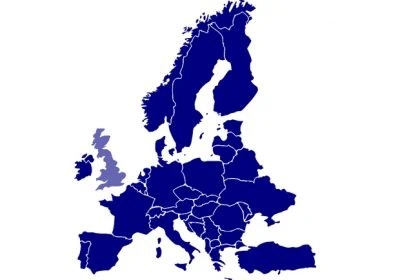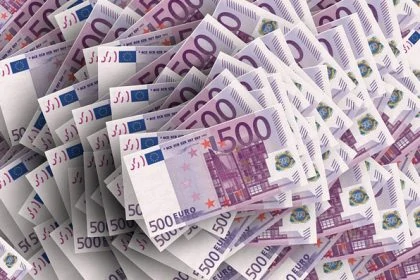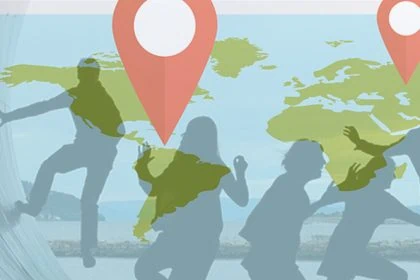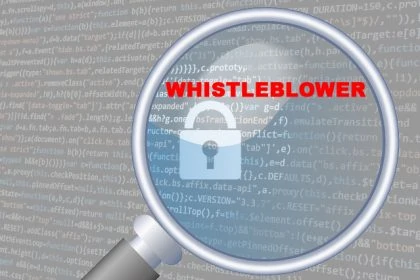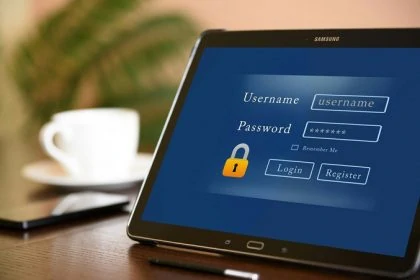All patent applications before the European Patent Office are subject to the formal requirements published in the Guidelines for Examination at the European Patent Office. In the last update, the EPO focused on computer-related inventions.
Computer related inventions
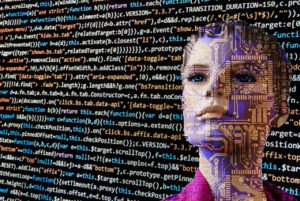 The guidelines for a patent application before the European Patent Office (EPO) are regularly updated to take account of developments in the field of European patent law and European patent practice. Above all, all patent requirements relating to computer-based or computer-implemented techniques were defined. This concerns a wide range of applications such as medical technology, measurement techniques, logistics, e-commerce, market research, optics, electromechanics and most industrial production processes.
The guidelines for a patent application before the European Patent Office (EPO) are regularly updated to take account of developments in the field of European patent law and European patent practice. Above all, all patent requirements relating to computer-based or computer-implemented techniques were defined. This concerns a wide range of applications such as medical technology, measurement techniques, logistics, e-commerce, market research, optics, electromechanics and most industrial production processes.
The EPO’s directive on patent applications distinguishes between two cases:
- Computer-implemented data structure with its own technical features
This also includes cases in which the process steps require special data processing services or additional technical support as a characteristic. Thus, if the invention is an interaction between data processing steps and other technical means such as sensors, these technical means must be included in the independent claims if they are indispensable for the implementation of the invention. - Claims with technical and non-technical features
These cases concern patent-pending procedures from logistics and also from e-commerce such as shopping with a mobile device. In addition to the claim to every patent to be new and inventive, technical features must also be demonstrated in these areas. “It is permissible for a claim to have a mixture of technical and “non-technical” characteristics, whereby the non-technical characteristics can even form the determining part of the object claimed,” the directive states.
The EPO describes the procedure in three steps:
(i) The features contributing to the technical character are initially identified as a distributed system consisting of a mobile device connected to a server computer that has a cache memory and is connected to a database.
(ii) Document D1, which describes a method for facilitating shopping on a mobile device, wherein the user selects a single product and the server determines from a database which vendor sells the product closest to the user and transmits this information to the mobile device, is selected as the next state of technology.
(iii) The objective technical problem must be formulated from the perspective of the expert as an expert in a technical field. It is assumed that such a person has no knowledge of business matters. The accepted expert would be able to acquire the knowledge necessary to formulate the technical problem to be solved.
In practice, this can quickly lead to uncertainty. Especially in metrology or electromechanics, different process steps are interwoven: computer-controlled processes require interaction with technical objects, and the other way around. Process claims therefore result from the computer-controlled manipulation of or interaction with technical objects. However, these process steps are not completely performed by the computer and require specific technical means. It is particularly important here: if patentability depends on a technical effect, the patent claims must be very clearly defined, they must contain all the technical features which are essential for the technical effect (Art. 56 EPC).
It should be noted that features that do not really contribute to the solution of the task are not essential features. A consistent mention of a feature in connection with the invention does not yet make this feature indispensable.
Patents on computer-implemented inventions
Innovations also apply to the requirements for patents based on computer-implemented inventions. These are the requirements which include computers, computer networks or other programmable devices. For such a claim to a computer-implemented invention, at least one feature must be realized by a program. “Claims based on computer-implemented inventions should define all features that ensure the patentability of the process to be carried out in the operation of the computer program,” the Directive describes. As documentation for this claim, however, no proof can be provided in a programming language, in coding. Although short excerpts in a programming language are permitted, the document should always be written in generally understandable language. The accepted professional should not have to be a programmer to understand the patent claim.
Do you want help for European patent application or protection for your patents?
Our Patent Attorneys and Attorneys at Law bundle various competencies for industrial property, patent- and trademark law, national and international.
Please take your chance and contact us:
Sources:
EPO Guideline 3.9 Claims directed to computer-implemented inventions
Picture:
geralt / pixabay.com / CC0 License



